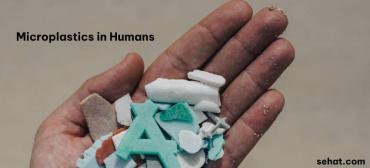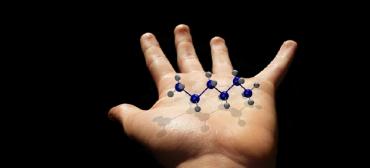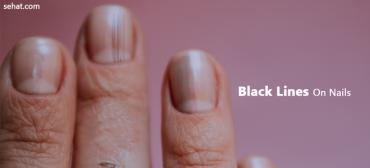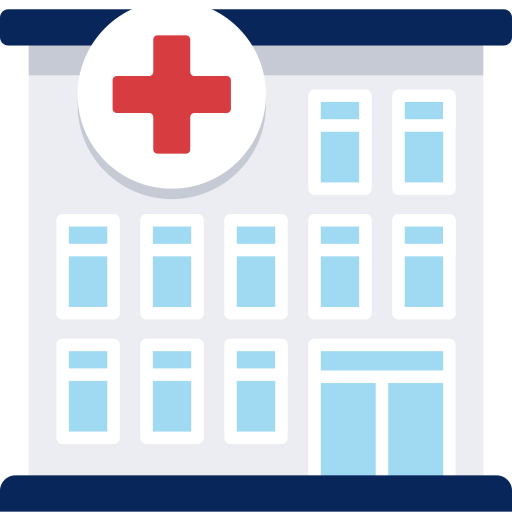Staphylococcal Scalded Skin Syndrome
What is staphylococcal scalded skin syndrome?
Staphylococcal scalded skin syndrome is a response to a toxin produced by a staphylococcal infection and is characterized by peeling skin. The disease mostly affects infants, young children, and individuals with a depressed immune system or renal insufficiency. The disease can be life threatening.
What are the symptoms of staphylococcal scalded skin syndrome?
The following are the most common symptoms of staphylococcal scalded skin syndrome. However, each individual experiences symptoms differently. The disease usually begins with a fever and redness of the skin. Then, fluid-filled blisters may form. The blisters rupture very easily, leaving an area of moist skin. Other symptoms may include the following:
-
Red, painful areas around infection site
-
Blistering
-
Fever
-
Chills
-
Weakness
-
Fluid loss
-
Top layer of skin slips off with rubbing or gentle pressure (Nikolsky's sign)
After the top layer of skin has peeled off, the following symptoms may be present:
-
Fever
-
Chills
-
Weakness
-
Fluid loss through the open areas of moist skin
In newborns, the lesions are often found in the diaper area or around the umbilical cord. Older children more commonly have the lesions on their arms, legs, and trunk. The symptoms of staphylococcal scalded skin syndrome may resemble other skin conditions. Always consult your physician for a diagnosis.
How is staphylococcal scalded skin syndrome diagnosed?
In addition to a medical history and physical examination, the diagnosis may be confirmed with a biopsy (taking a tissue sample to be examined under a microscope) and cultures of the skin and throat. Blood tests (CBC and electrolyte) can also help diagnose and manage this condition.
What is the treatment for staphylococcal scalded skin syndrome?
Specific treatment for staphylococcal scalded skin syndrome will be determined by your physician based on:
-
Your age, overall health, and medical history
-
Severity of the condition
-
Your tolerance of specific medications, procedures, or therapies
-
Expectations for the course of the condition
-
Your opinion or preference
Treatment usually requires hospitalization, often in the burn unit of the hospital, because the risks of complications are similar to those of children with burns. Treatment may include:
-
Antibiotics (oral, IV) for Staphylococcus to help fight the infection
-
Intravenous (IV) to prevent dehydration
Related Questions
Itch and Rash in the Groin Area - Male
- 3544 Days ago
- Skin Rash - Skin & Hair Care
Hair transplant donor area issue
- 3561 Days ago
- Hair Loss - Skin & Hair Care
Jock itch Groin
- 3607 Days ago
- Dry Skin - Skin & Hair Care
Serious Hair problem
- 3622 Days ago
- Hair Loss - Skin & Hair Care
Hair damage
- 4634 Days ago
- Skin & Hair Care





















